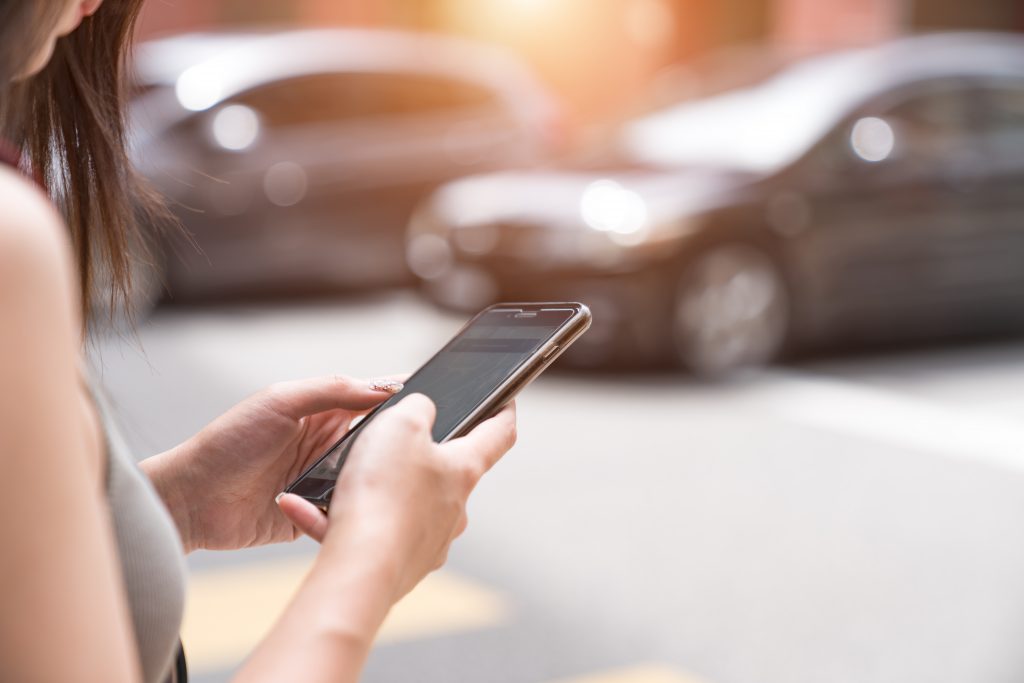Google Wallet is now letting its users store their ID cards, health insurance cards, and various passes in one main digital wallet. The new features aim to help consumers keep track of all their daily essentials in a more organized manner rather than keeping track of all their receipts and cards a la George Costanza.
“A lot of the things that you used to carry around with you are becoming digitized, and people are getting a lot more comfortable about what their mobile device can do,” said Dong Min Kim, director of product management at Google Wallet.
“There’s the payments experience to Google Wallet, but we also want to support non-payment use cases that are coming online more and more,” he said. “The analogy I like to use is that roughly five to 10 years ago, people used to carry around a digital camera. Now, no one does that unless you’re a true photo enthusiast. You still carry around your wallet and your keys and always carry around your phone—so how do you bring some of those things in into the device that you’re carrying on with you, but do it in a way that where you feel safe doing it?”
Through the new wallet features, users are able to save their state ID card and health insurance cards. They’re also able to take a photo of other types of passes, such as a gym membership or company ID, and upload those to Google Wallet.
In an interview with PaymentsJournal, Kim further delved into the new features and shared where he sees the space heading in the near future.
Were the recent features that were introduced based on user feedback or something that Google Wallet has been thinking about for some time now?
We were thinking about this concept, and there’s some macro trends that were happening. For one, there was the pandemic, where people were expecting to do things more remotely or digitally and feeling more comfortable with that. And payments was kind of the first step.
We also did constant studies on different markets, like what are the things that you would want in a digital wallet. And so these categories you’re looking at are ones that are bubbling to the top beyond what we already support, which includes: loyalty tickets, loyalty cards, offers, gift cards, transit cards, event tickets, and payments, obviously. Those are kind of the standard ones that we’ve been at for a while, and we’ll continue to sign up partners for that. But then there are these really these new verticals where there’s a lot of excitement around the ecosystem. You’re also seeing more (involvement from) governments, too. There’s a lot of regulation that’s coming out.
You mentioned this new initiative being less payments-focused, but I’m curious if it’ll also drive payment adoption among those who may have been hesitant in the first place. For example, maybe after adding a digital ID to their wallet, some consumers will feel comfortable adding a credit card.
Totally, and we’re seeing that. Just the idea that by putting a lot more control into what you can add, it’s a big part of that. And we have to prove the value of it. There has to be enough value to say this is better than carrying around my wallet. There’s the core need to make it more convenient and secure—and all in one place. The real magic is going to happen when we start building these experiences, where we surface to you, we help you get to the thing that you need at the right place at the right time.
We’re thinking about how these experiences can also improve your broader Google experience. One example we have today is in maps and certain cities where we support the local transit system. If you navigate and there’s transit systems in your route like the Transport for London, we have options for being able to directly top up or add balance to your transit card from within maps.
Can you speak to the security aspect of it? Obviously, that’s top of mind when you start adding your credit cards and gift cards. But I’m sure it’s also a concern when thinking about adding your ID card in there, too.
We’re thinking deeply about that. There are some things, like let’s say a boarding pass, where I don’t want to always authenticate to be able to get to my boarding pass. And so there’s a category we created called Private Passes, where there’s ones that we know that users want to default to being private and they can then decide to make it public, if you will.
And then obviously, from a payments point of view, there’s a security aspect that matters a lot more there because of privacy. You know, four digits, you can’t actually take the token to do anything with it. So it is a complex problem, but we think we can solve it in an interesting and easy way.
The digital wallet space has seen a lot of changes over the years. Where do you expect the space to shift to next?
It’s obviously hard to predict, but we are seeing a lot of governments leaning in. Look at The Unified Payments Interface (UPI) and India basically changing the country overnight, right?
And there’s a lot happening with identity. So how can Google Wallet facilitate some of these experiences? It really comes down to proving the value, but hopefully we get to a world where it’s like, “Oh, yeah, I do see a wallet as this truly digital version of the thing that I count on.” That’s the place we want to get to.
